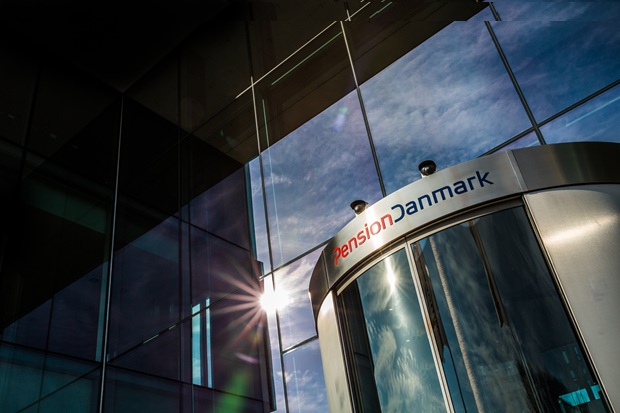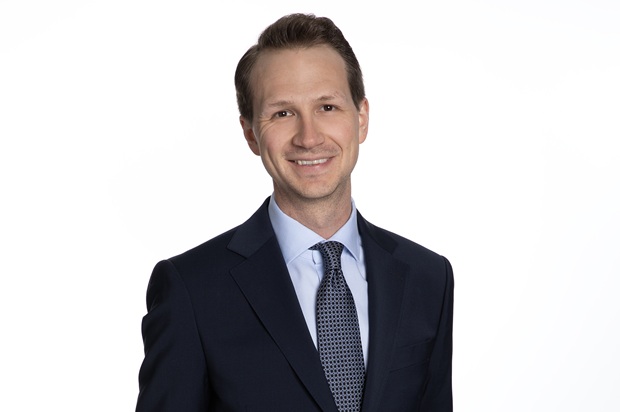
Continuity at Skandia as Lars-Göran Orrevall retires
Lars-Göran Orrevall reflects on the organisation, portfolio changes and lessons learnt as he prepares to step down from the role as chief investment officer of Sweden’s Skandia.
At the beginning of the summer, Lars-Göran Orrevall is stepping down from the position as chief investment officer of Skandia, the Swedish life and pension company with about SEK 800 billion (EUR 69 billion) in total assets.
In preparation for his exit, Lars-Göran Orrevall has spent the past few years looking to ensure continuity within the investment team. “If you have an organisation where people trust each other and have worked together for a long time, you succeed better with the asset management. Over the past few years, I’ve tried to ensure that there’s sufficient competency within the investment team and considered whether there are any gaps that needed to be filled. I’ve also made a few key hires. Now that I’m leaving, I hope that many in the organisation will take a step forward. As a leader, there’s nothing better than seeing members of the team developing, taking on more responsibility and then growing with that responsibility,” he says, adding that he hopes to continue see people develop in their roles going forward, albeit from a distance.
Lars-Göran Orrevall has worked close to two decades at Skandia and was promoted in late 2017 from the position as CEO of Skandia Investment Management, its asset management arm. For the sake of continuity, he has also been keen to see his replacement being an internal recruit. In April, Skandia announced that Per Lindgren, who has worked at Skandia even longer than Lars-Göran Orrevall and currently holds the position of head of manager selection, had been appointed to the chief investment officer role and will take on the new job from the start of June.
It is otherwise far more common for a Nordic pension company’s chief investment officer position to be filled by an external recruit. “Sometimes that can be necessary,” comments Lars-Göran Orrevall. “You might not think the organisation is working that well or there might be a need to bring in some new blood. But my feeling is that’s not needed at Skandia. There are also some dangers in bringing in someone new who wants to turn everything upside down and has different views. That can put the whole organisation at risk and lead to many competent people leaving. We’ve seen some examples of that happening. So I’m very comfortable in that this is a strong organisation and that an internal solution has been found. That doesn’t mean that you shouldn’t do new things and develop further but I’m more of a believer in organic change – especially as things have been working very well.”
It may seem a bit young to retire at the age of 62. On the other hand, Lars-Göran Orrevall notes that the chief investment officer job is not something that can be done on a part-time basis or half-heartedly. “It comes with great responsibility and it requires putting in a lot of hours. I’ve felt a need to be more in charge of my own schedule and I’m looking forward to spend more time with my family, travel more and have more time to pursue my interests,” he says.
Many former chief investment officers move on to become professional board members after retreating from an executive role. Lars-Göran Orrevall says, however, that his intention is not to embark on a new career path. Nevertheless, he is set to join the board of Skandiabanken, an online bank owned by Skandia, which he says will be a nice way to remain connected to Skandia. If other interesting propositions come up along the way, he says he will consider them. “It would be nice to be able to make use of the competency and experience built up over the years but where and in which way, I’m not yet sure,” Lars-Göran Orrevall says.
He observes that Skandia’s portfolio and strategy has changed a lot compared to when he started in 2005. “Back then, we were around 25 people in the investment team and more or less all of the asset management was outsourced, apart from a smaller equity portfolio that was managed internally,” he recalls.
Since then, Skandia’s portfolio and investment organisation has undergone a transformation in an effort to utilise its competitive advantages of having a large portfolio and a long-term horizon. Today, there are 100 people working in Skandia’s investment team, across three different entities, and the pension company has been a relatively early mover in building up its allocation to various unlisted assets, such as infrastructure, private equity and alternative credit. Lars-Göran Orrevall notes that crucial aspects when investing in unlisted assets are having large and very skilful teams combined with a long-term horizon, adding that having skilful members of staff obviously are equally important when it comes to the listed side. “But we don’t need to do everything internally. We have a lot of external managers and we’ve also refrained from investing in many areas because you don’t need to everything,” he says.
On the topic of diversification, Lars-Göran Orrevall says Skandia has thought a lot about how to diversify the portfolio in a good way. “It’s often said that diversification is the only free lunch but I think diversification frequently is misinterpreted and thought of as something that can be achieved by just having a mix of assets. But I think you need to consider carefully how to spread the risks and what you’re afraid that might happen, so that you spread the risks in a wise way and not just drive up the costs,” he says.
He adds that Skandia in recent years have been somewhat cautious about not adding to much illiquid assets to the portfolio, despite the return pressure stemming from the low interest rates. The pension company currently has a 28 per cent allocation to alternatives as well as about 10 per cent invested in real estate. “I’m very pleased that we didn’t buy more illiquid assets during the years of zero interest rates when the stress was there about getting returns and many turned to unlisted investments – often complex and often with leverage – but then became over-allocated to illiquid assets and were forced to start selling. You always need to make sure that you’re in a position to really be long term because if you’re forced to sell unlisted and complex assets, you almost always get paid badly. Over the past two years, we’ve also been very happy about the decision to not have any leverage on the real estate portfolio. That has given us the opportunity to be a buyer on the real estate market, even though there have been less investment opportunities available than I perhaps thought it would be,” Lars-Göran Orrevall says.



